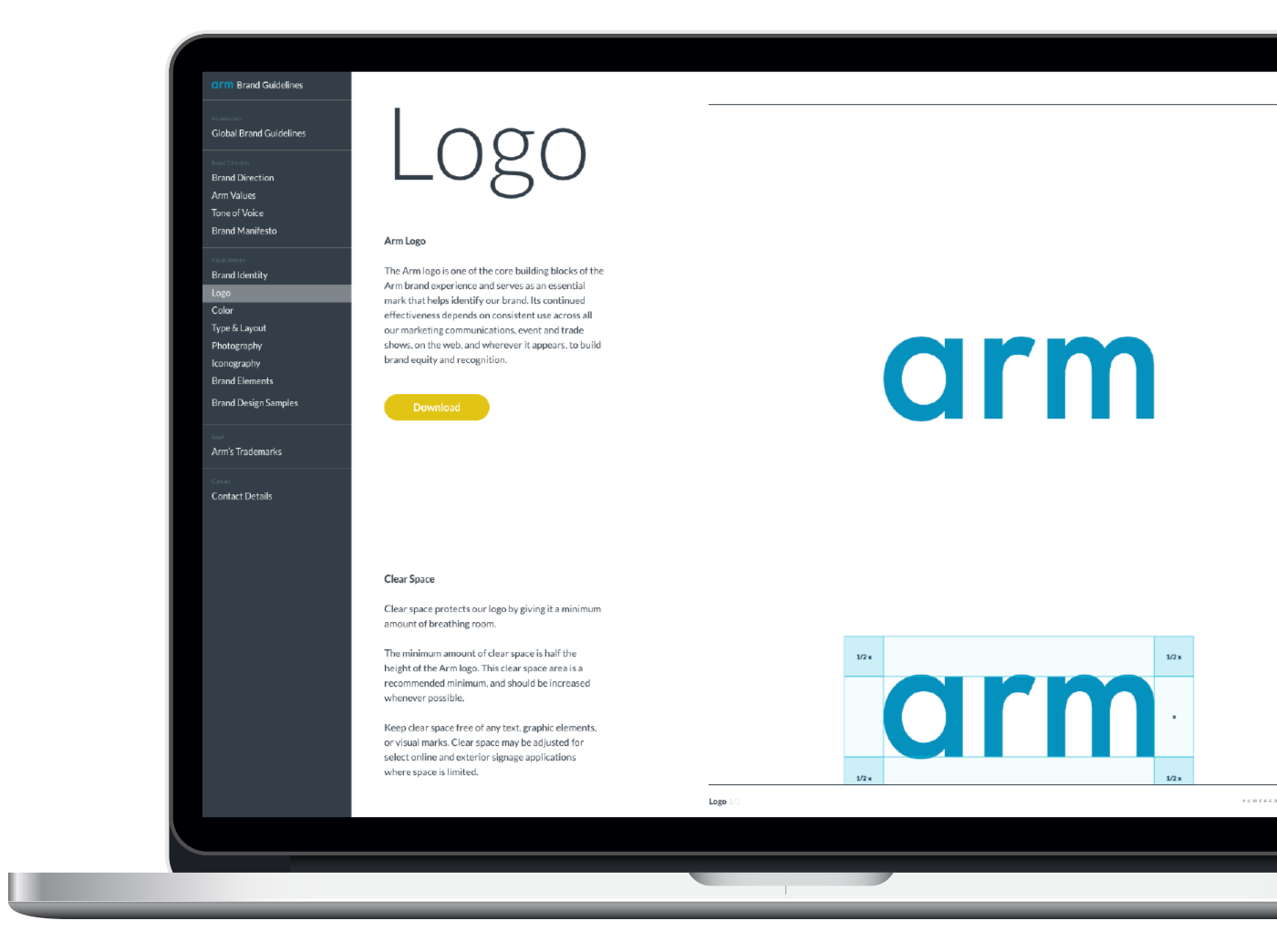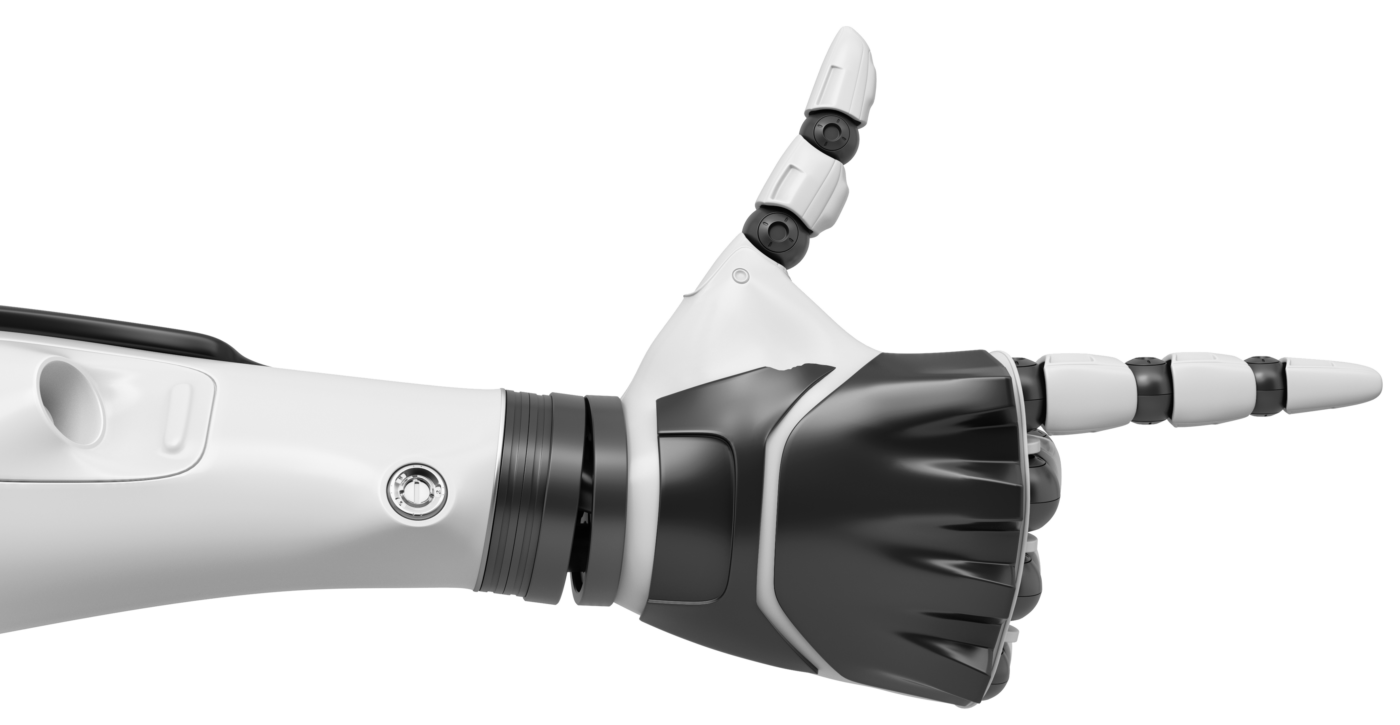Arm Tech Symposia: AI Technology Transformation Requires Unprecedented Ecosystem Collaborations

The Arm Tech Symposia 2024 events in China, Japan, South Korea and Taiwan were some of the biggest and best attended events ever held by Arm in Asia. The size of all the events was matched by the enormity of the occasion that is being faced by the technology industry.
As Chris Bergey, SVP and GM of Arm’s Client Line of Business, said in the Tech Symposia keynote presentation in Taiwan: “This is the most important moment in the history of technology.”
There are significant opportunities for AI to transform billions of lives around the world, but only if the ecosystem works together like never before.

A re-thinking of silicon
At the heart of these ecosystem collaborations is a broad re-think of how the industry approaches the development and deployment of technologies. This is particularly applicable to the semiconductor industry, with silicon no longer a series of unrelated components but instead becoming “the new motherboard” to meet the demands of AI.
This means multiple components co-existing within the same package, providing better latency, increased bandwidth and more power efficiency.
Silicon technologies are already transforming the everyday lives of people worldwide, enabling innovative AI features on smartphones, like the real-time translation of languages and text summarization, to name a few.
As James McNiven, VP of Product Management for Arm’s Client Line of Business, stated in the South Korea Tech Symposia keynote: “AI is about making our future better. The potential impact of AI is transformative.”
The importance of the Arm Compute Platform
The Arm Compute Platform is playing a significant role in the growth of AI. This combines hardware and for best-in-class technology solutions for a wide range of markets, whether that’s AI smartphones, software-defined vehicles or data centers.
This is supported by the world’s largest software ecosystem, with more than 20 million software developers writing software for Arm, on Arm. In fact, all the Tech Symposia keynotes made the following statement: “We know that hardware is nothing without software.”
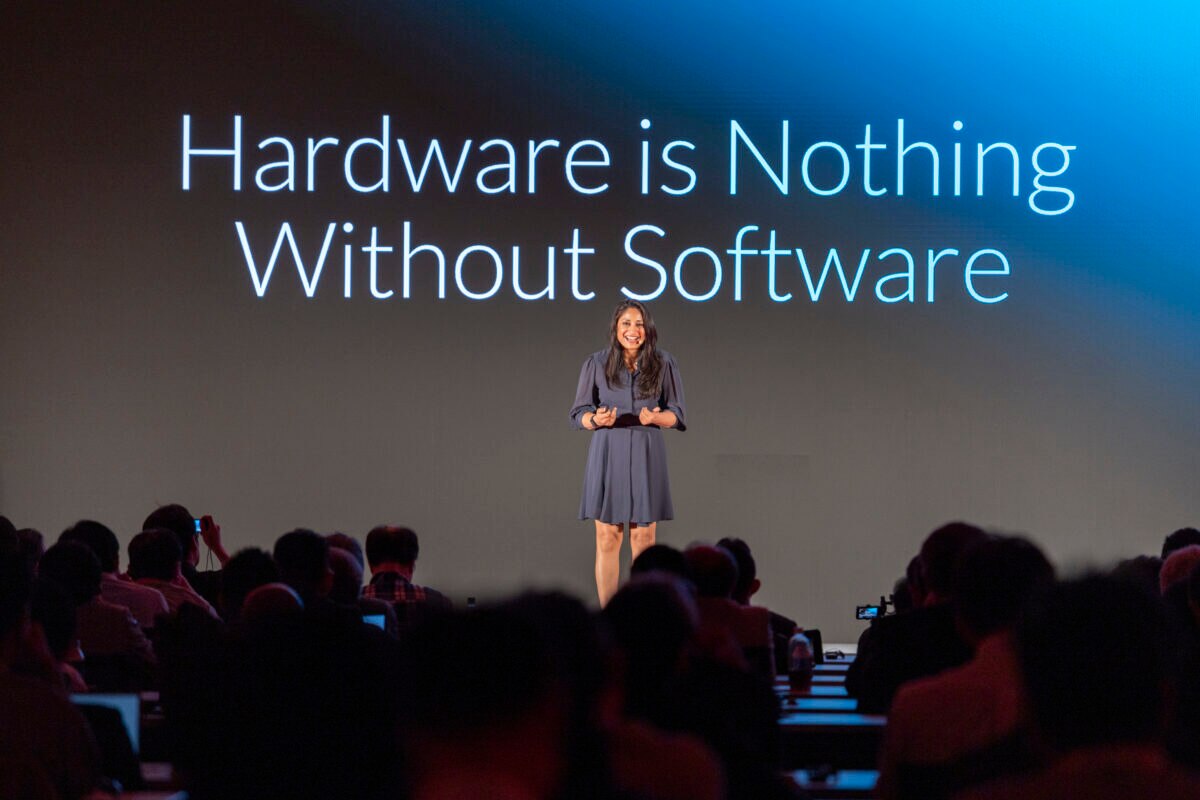
How software “drives the technology flywheel”
Software has always been an integral part of the Arm Compute Platform, with Arm delivering the ideal platform for developers to “make their dreams (applications) a reality” through three key ways.
Firstly, Arm’s consistent compute platform touches 100 percent of the world’s connected population. This means developers can “write once and deploy everywhere.”
The foundation of the platform is the Arm architecture and its continuous evolution through the regular introduction of new features and instruction-sets that accelerate key workloads to benefit developers and the end-user.
SVE2 is one feature that is present across AI-enabled flagship smartphones built on the new MediaTek Dimensity 9400 chipset. It incorporates vector instructions to improve video and image processing capabilities, leading to better quality photos and longer-lasting video.
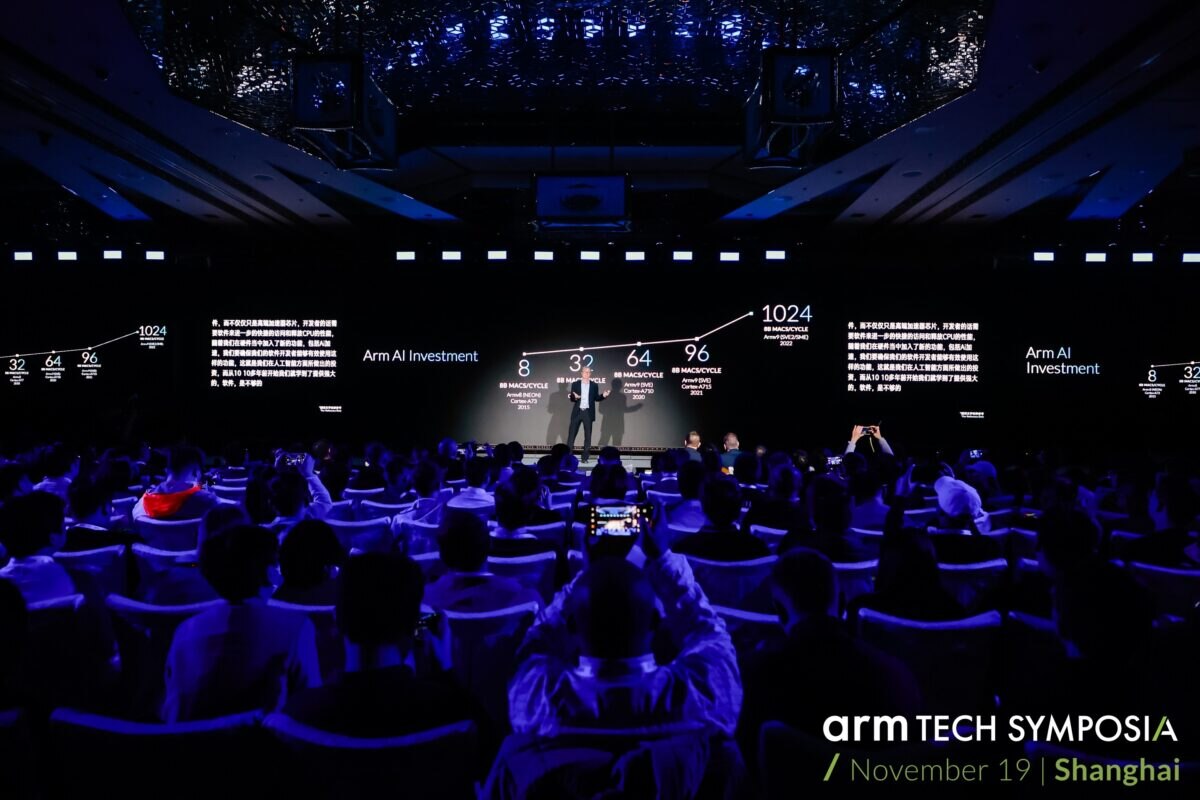
Secondly, through having acceleration capabilities to deliver optimized performance for developers’ applications. This is not just about high-end accelerator chips, but having access to AI-enabled software to unlock performance.
One example of this is Arm Kleidi, which seamlessly integrates with leading frameworks to ensure AI workloads run best on the Arm CPU. Developers can then unlock this accelerated performance with no additional work required.
At the Arm Tech Symposia Japan event, Dipti Vachani, SVP and GM of Arm’s Automotive Line of Business, said: “We are committed to abstracting away the hardware from the developer, so they can focus on creating world changing applications without having to worry about any technical complexities around performance or integration.”
This means that when the new version of Meta’s Llama, Google AI Edge’s MediaPipe and Tencent’s Hunyuan come online, developers can be confident that no performance is being left on the table with the Arm CPU.
Kleidi integrations are set to accelerate billions of AI workloads on the Arm Compute Platform, with the recent PyTorch integration leading to 2.5x faster time-to-first token on Arm-based AWS Graviton processors when running the Llama 3 large language model (LLM).
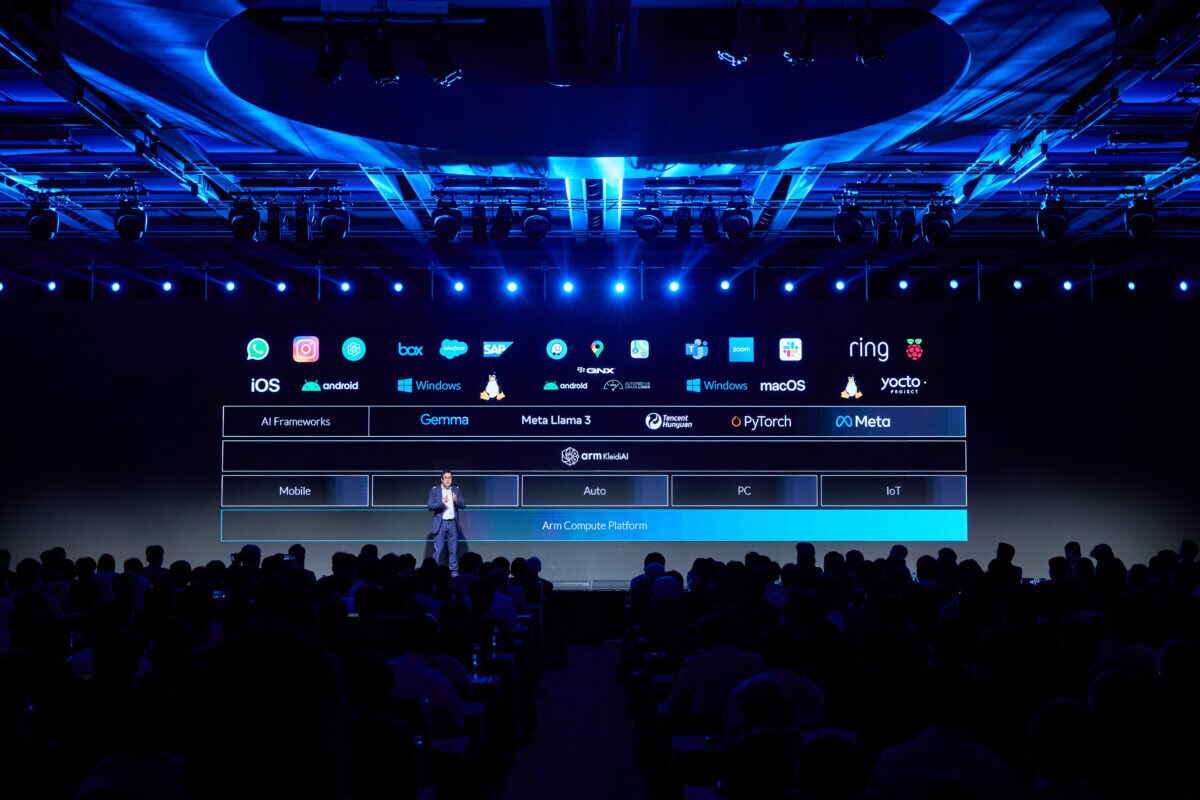
Finally, developers need a platform that is easy to access and use. Arm has made this a reality through significant software investments that ensure developing on the Arm Compute Platform is a simplified, seamless experience that “just works.”
As each Arm Tech Symposia keynote speaker summarized: “The power of Arm and our ecosystem is that we deliver what developers need to simplify the process, accelerate time-to-market, save costs and optimize performance.”
The role of the Arm ecosystem
The importance of the Arm ecosystem in making new technologies a reality was highlighted throughout the keynote presentations. This is especially true for new silicon designs that require a combination of core expertise across many different areas.
As Dermot O’Driscoll, VP, Product Management for Arm’s Infrastructure Line of Business, said at the Arm Tech Symposia event in Shanghai, China: “No one company will be able to cover every single level of design and integration alone.”
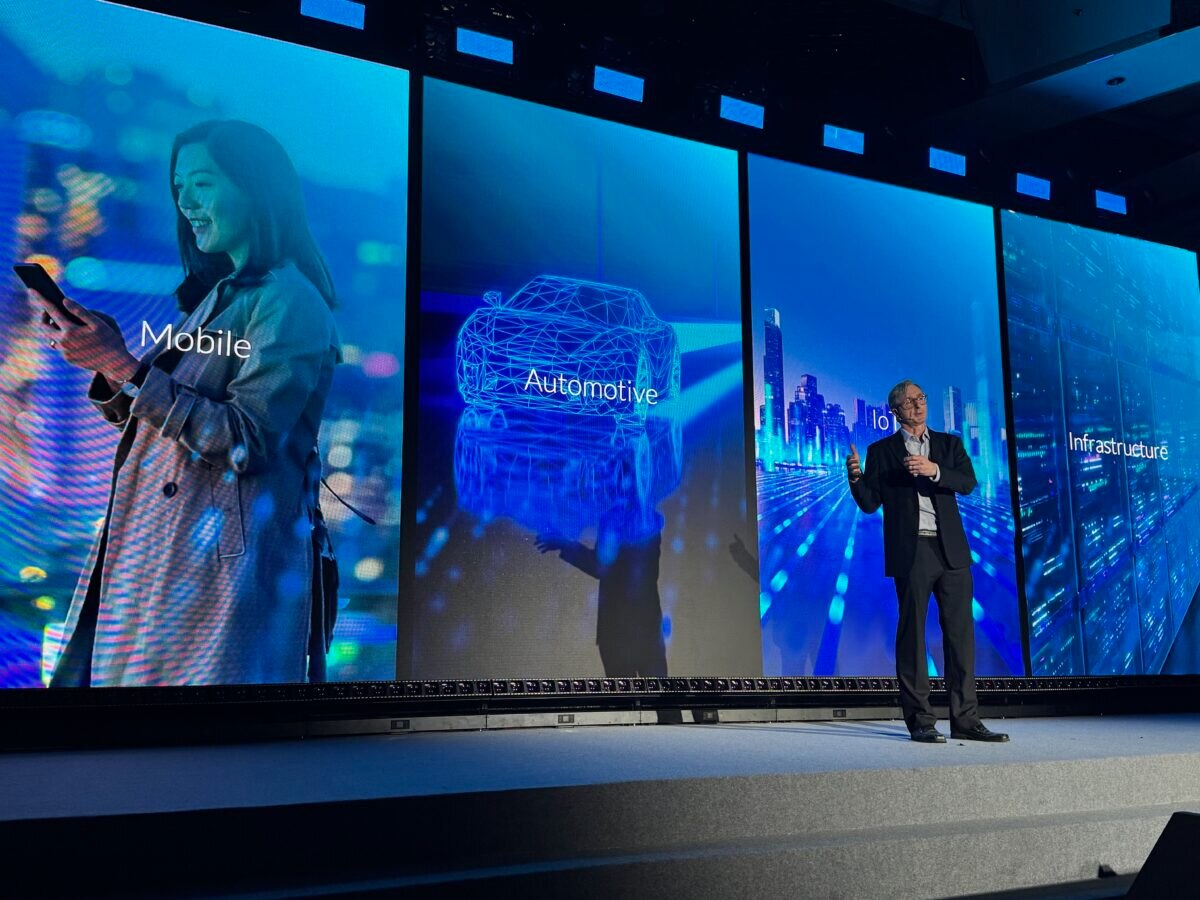
Empowering these powerful ecosystem collaborations is a core aim of Arm Total Design, which enables the ecosystem to accelerate the development and deployment of silicon solutions that are more effective, efficient and performant. The program is growing worldwide, with the number of members doubling since the program was launched in late 2023. Each Arm Total Design partner offers something unique that accelerates future silicon designs, particularly those that are built on Arm Neoverse Compute Subsystems (CSS).
One company that exemplifies the spirit and value of Arm Total Design is South Korea-based Rebellions. Recently, it announced the development of a new large-scale AI platform, the REBEL AI platform, to drive power efficiency for AI workloads. Built on Arm Neoverse V3 CSS, the platform uses a 2nm process node and packaging from Samsung Foundry and leverages design services from ADtechnology. This demonstrates true ecosystem collaboration, with different companies offering different types of highly valuable expertise.
Dermot O’Driscoll said: “The AI era requires custom silicon, and it’s only made possible because everyone in this ecosystem is working together, lifting each other up and making it possible to quickly and efficiently meet the rising demands of AI.”
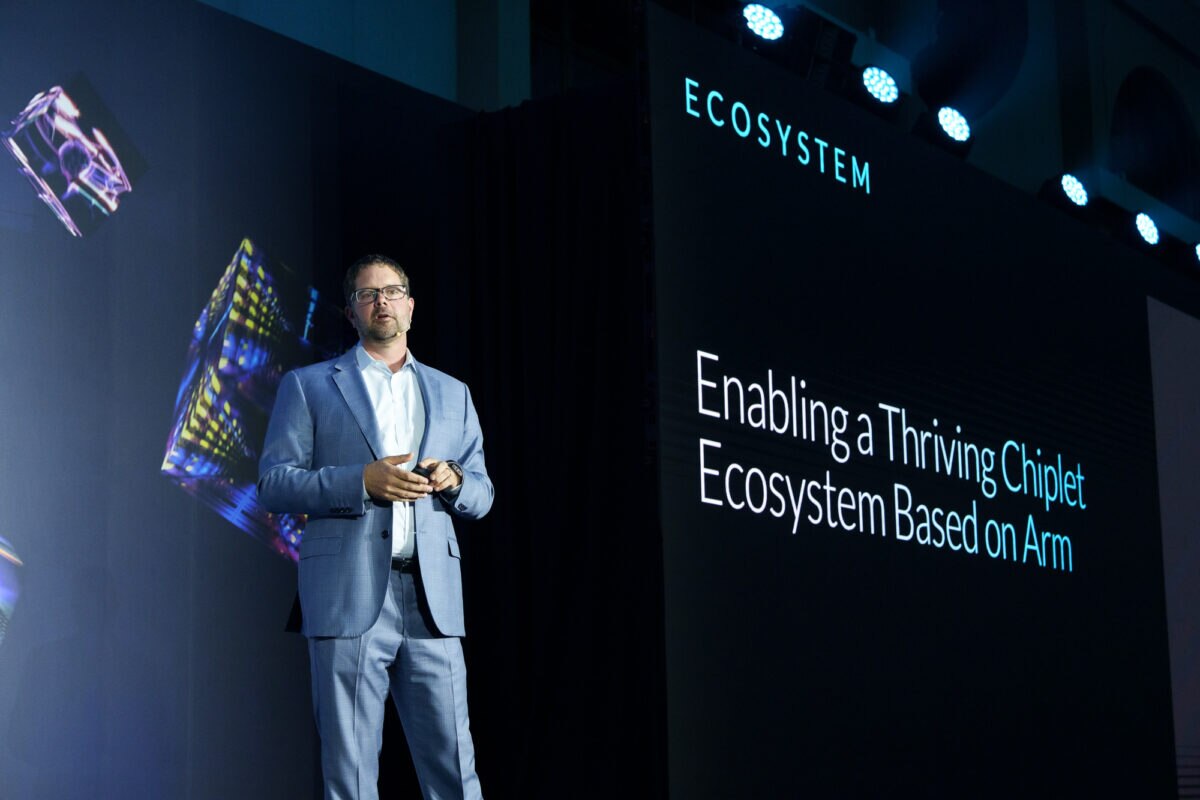
Arm Total Design is also helping to enable a new thriving chiplet ecosystem that already involves over 50 leading technology partners who are working with Arm on the Chiplet System Architecture (CSA). This is creating the framework for standards that will enable a thriving chiplet market, which is key to meeting ongoing silicon design and compute challenges in the age of AI.
The journey to 100 billion Arm-based devices running AI
All the keynote speakers closed their Arm Tech Symposia keynotes by reinforcing the commitment that Arm CEO Rene Haas made at COMPUTEX in June 2024: 100 billion Arm-based devices running AI by the end of 2025.
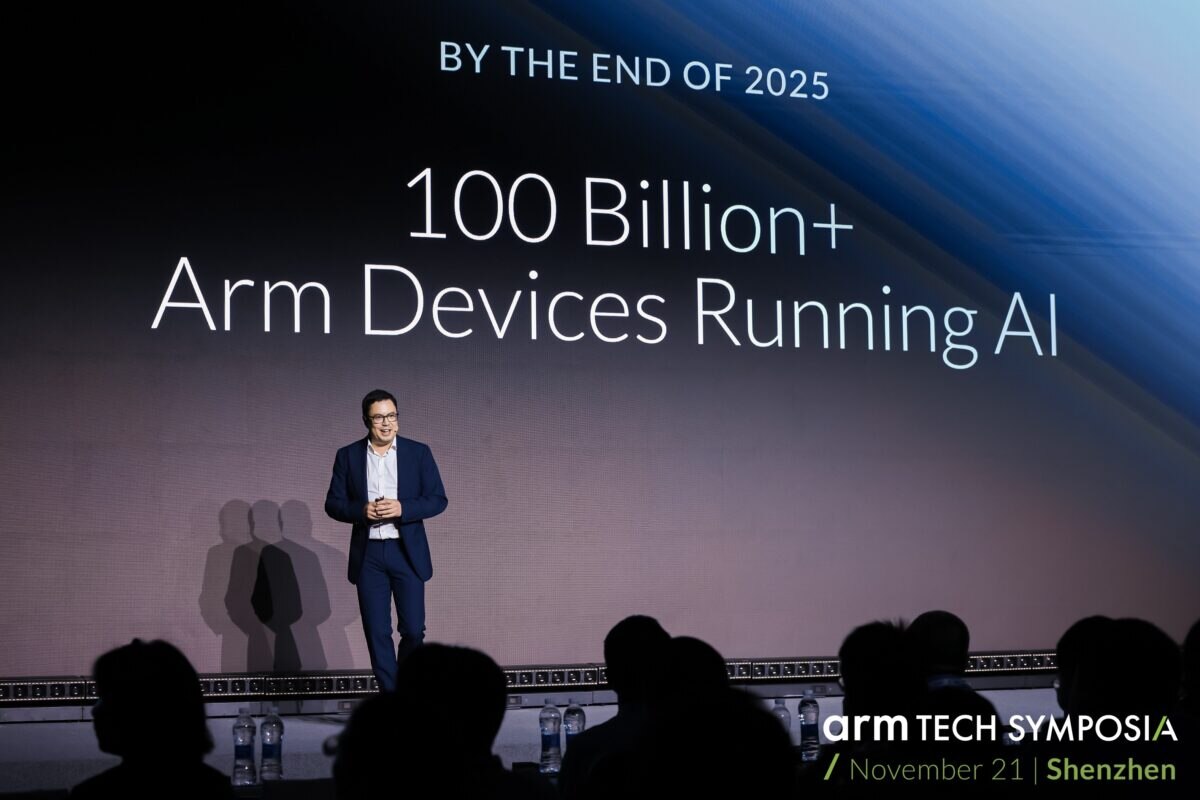
However, this goal is only possible if ecosystem partners from every corner of the technology industry work together like never before. Fortunately, as explained in all the keynotes, there are already many examples of this work in action.
The Arm Compute Platform sits at the center of these ecosystem collaborations, providing the technology foundation for AI that will help to transform billions of lives around the world.
Any re-use permitted for informational and non-commercial or personal use only.

